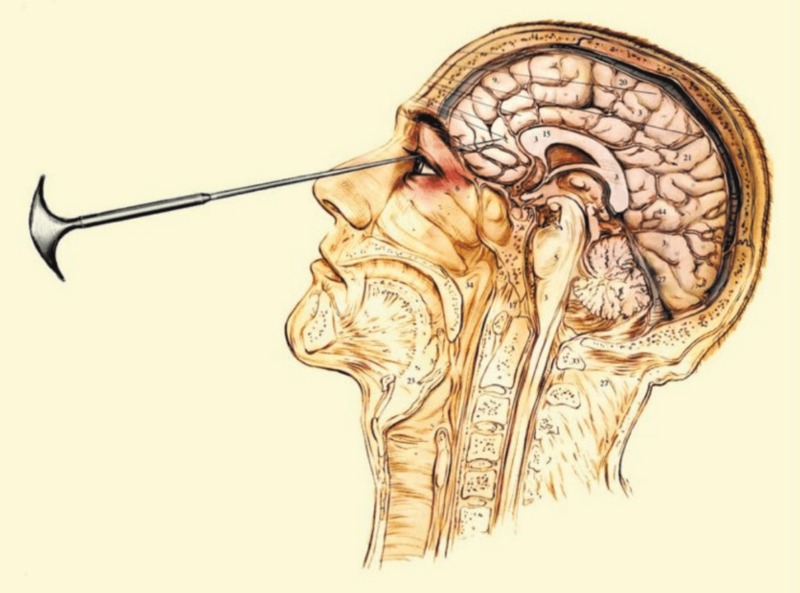History of Mental Health in America
Since the early nineteenth century, mental illness has been viewed as a disease by many Americans. Before the nineteenth century, many people believed mental illness was associated with religion and “demonic” possessions. Furthermore, people considered homosexuality as a sexual deviancy, so it was considered a mental illness. Women have also suffered the diagnoses of being mentally ill by husbands, physicians, and judges. To be mentally ill was to be inflicted by madness. Ill-informed Americans created a stigma surrounding individuals who were considered mad. This has resulted in the individuals who were actually suffering from real mental illness to not be able to receive the treatment that they needed. They were looked down upon as if they were less than human.
Treatment of mentally ill people has had a long and unfortunate history. Before the eighteenth century, there was not much treatment for mental illness. Many doctors still believed that mental illness was a result of demonic possessions, and even if they did not the treatment consisted of herbal remedies or intense, invasive surgeries, like putting a hole in one's skull. Many times, mentally ill people often found themselves isolated from society, unable to receive the treatment they needed.
Once the nineteenth and twentieth centuries began, treatment for mentally ill patients saw a rise in methods, but they were often unhelpful and did more harm than good. Some methods included antipyschotic drugs, electroshock therapy, hydrotherapy, and lobotomy. This time is also when "insane asylums" were used for social isolation, many times serving as a punishment for those with mental illness. Not all of the institutions were badly managed, some did help their patients.
Treatment for mental health has changed significantly throughout the twentieth century. What used to look like methods of torture have now evolved into knowledgeable, moral, and effective treatment. There have been mental health movements to create awareness around stigma and treatment. This has helped tremendously, with more and more people understanding what mental illness really is.


